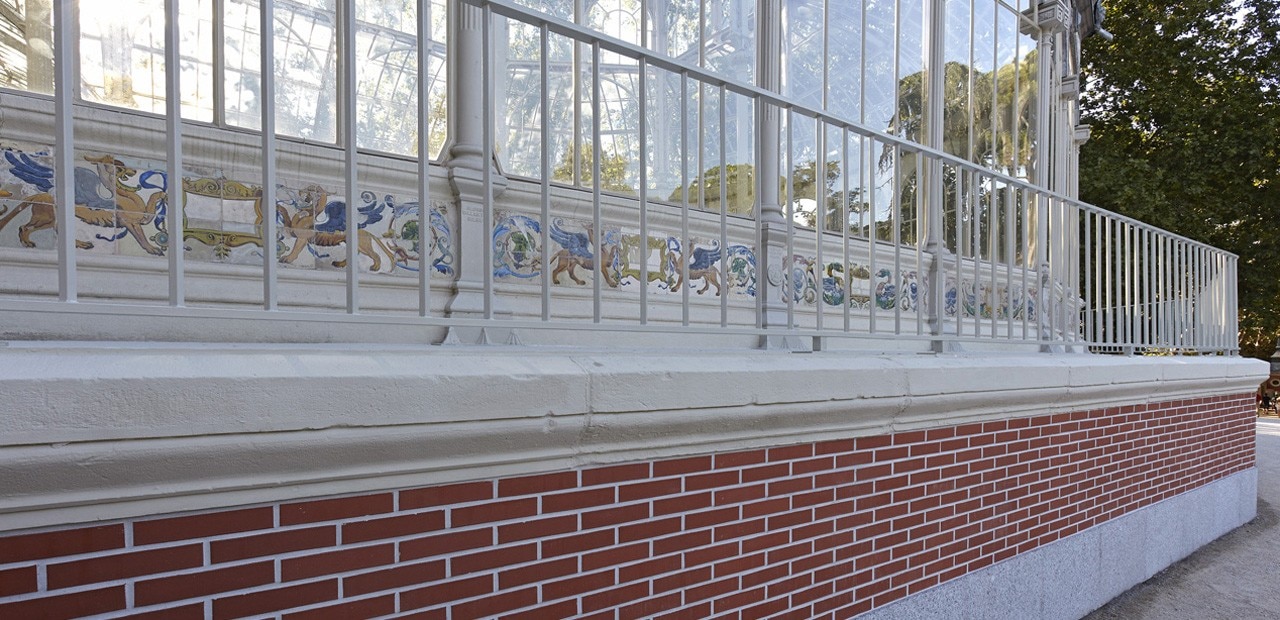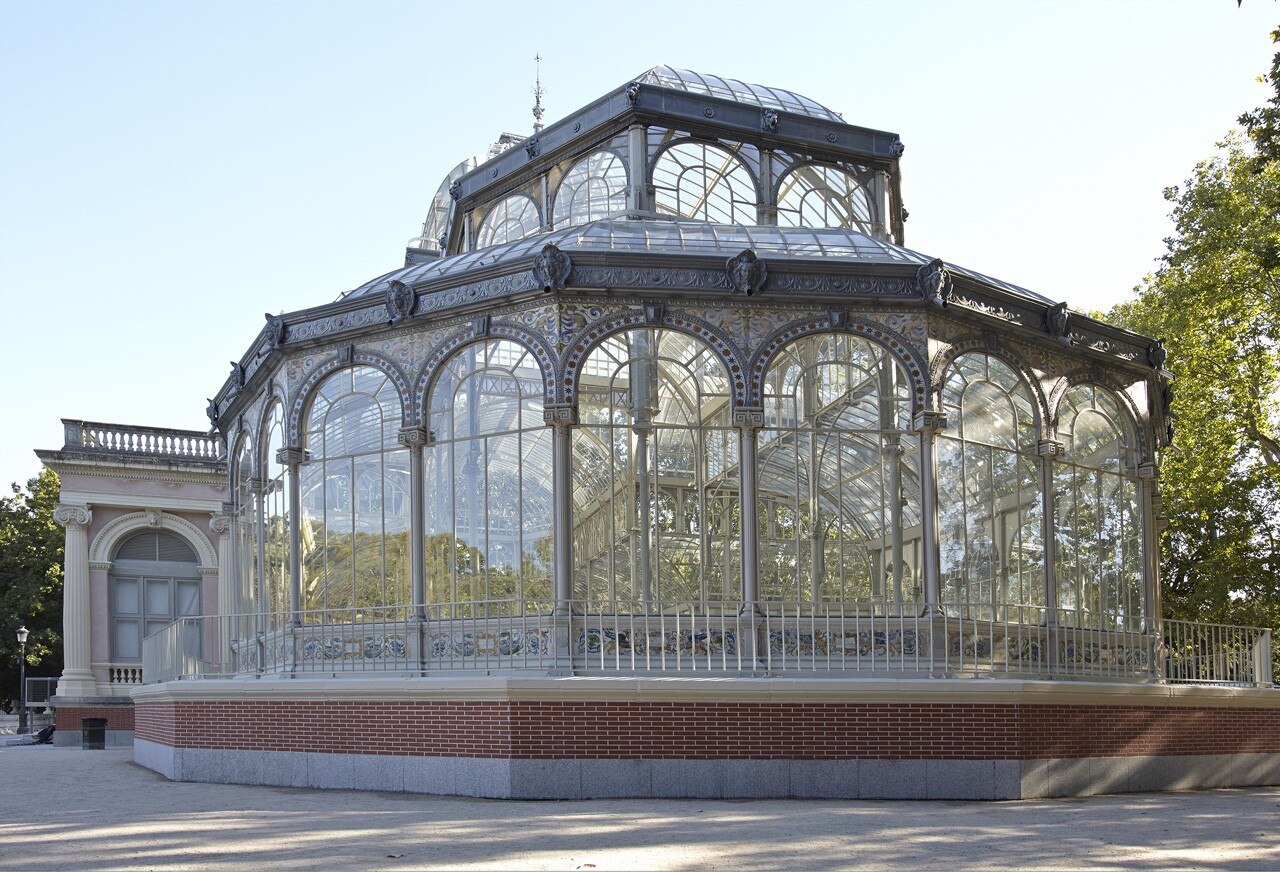
The art of Roman Ondák emerges in the creative context of Eastern Europe and represents an opening towards new possibilities in the framework of the conceptual program protagonized by artists such as Július Koller and Jiří Kovanda.
The work of Ondák is characterized by its questioning of the work of art in relation to the conventions generated by the place and space in which it appears. The artist takes spectators towards situations that he generates, some of which are almost imperceptible, and thus moves spectators from whatever previous expectations they had towards questions such as what is real about a work of art, what are the circumstances surrounding it, and what is the function of the spectators themselves. In this way, interaction with the artist's proposals activates critical reflection about artistic ontology.
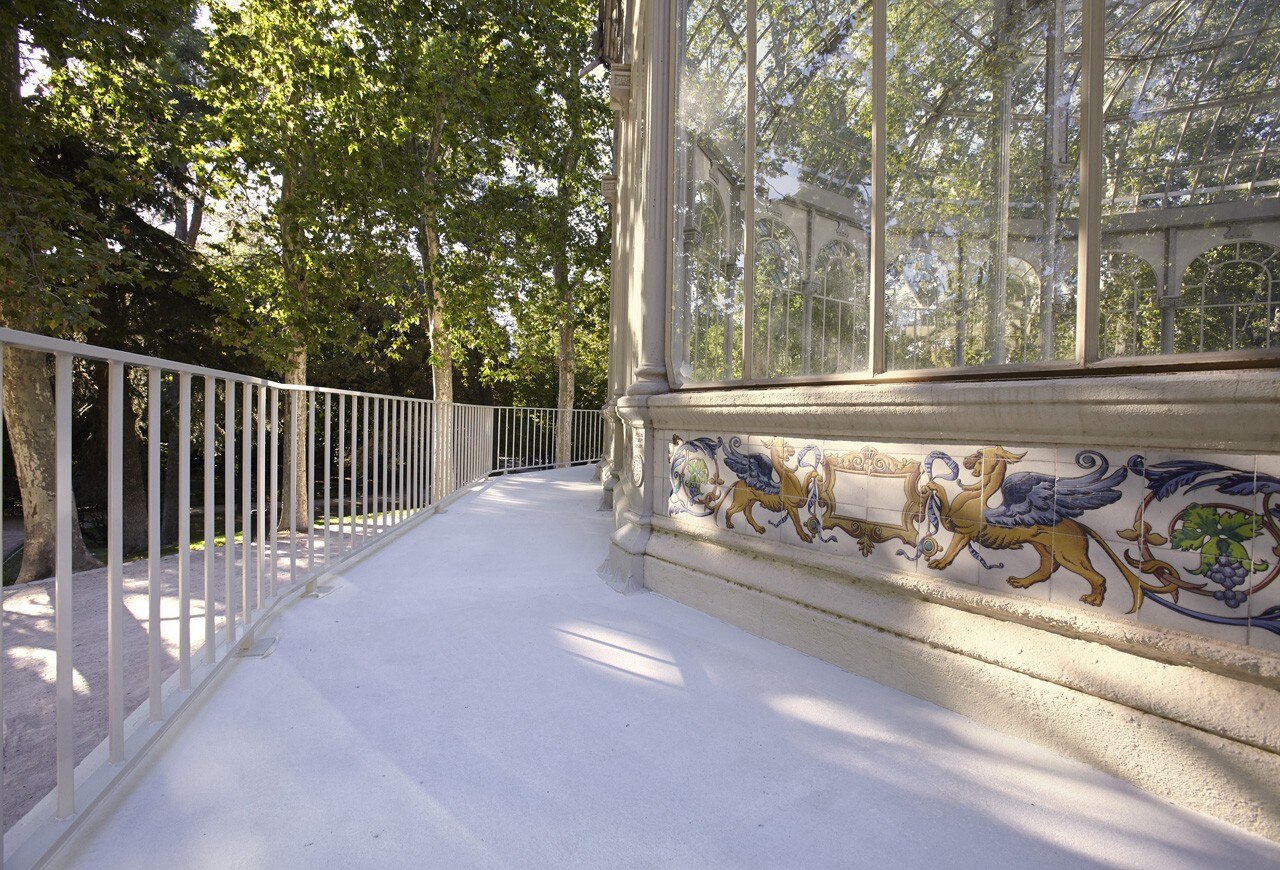
His works have been shown in some of the most prestigious international museums, art centres and events, such as Documenta in Kassel in 2012 and in the Venice Biennale in 2009, where he represented his country. As is the case in most of his works, Ondák has imagined a specific project for Palacio de Cristal. The name given to it is Escena. The title makes reference to the spatial effect created by the artist's addition of an elevated walkway that surrounds the building's usual architecture and is accessed from the inside.
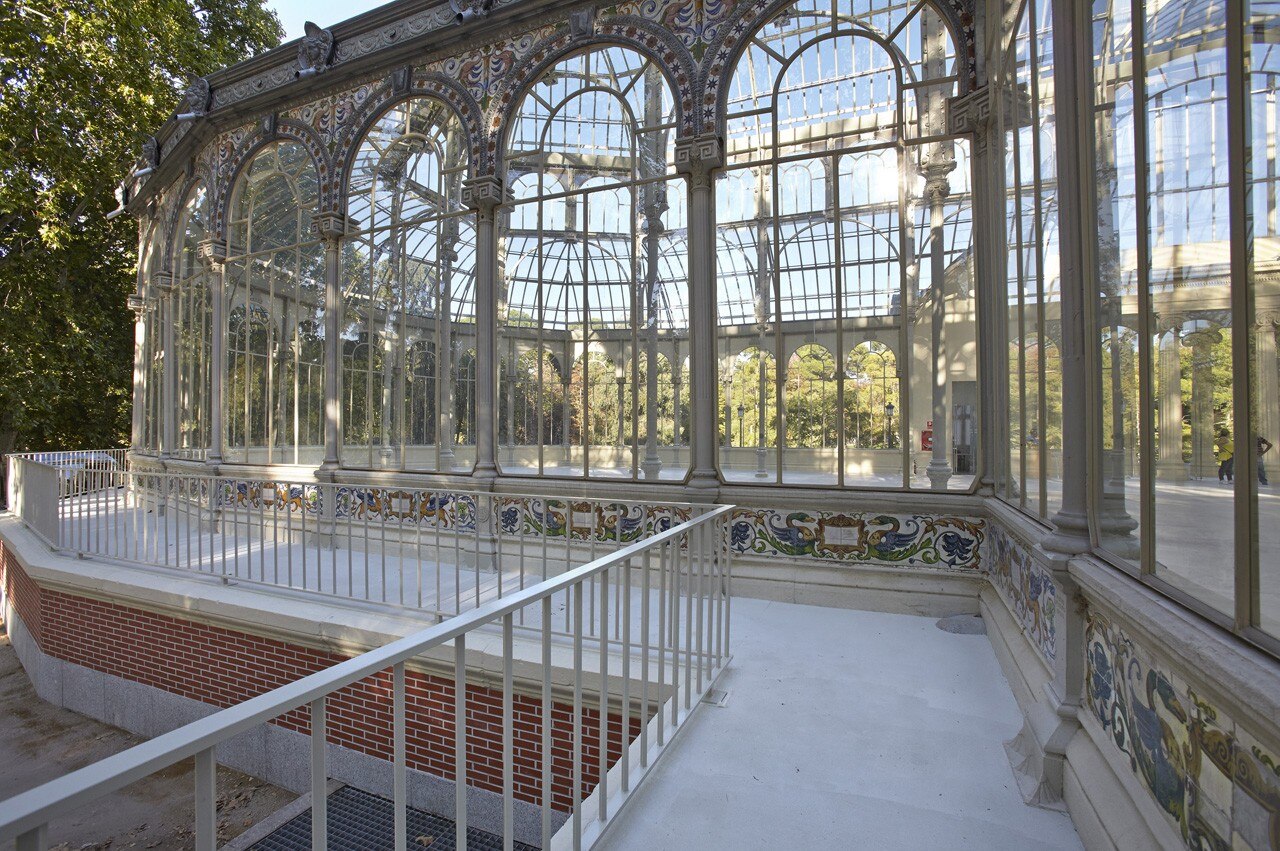
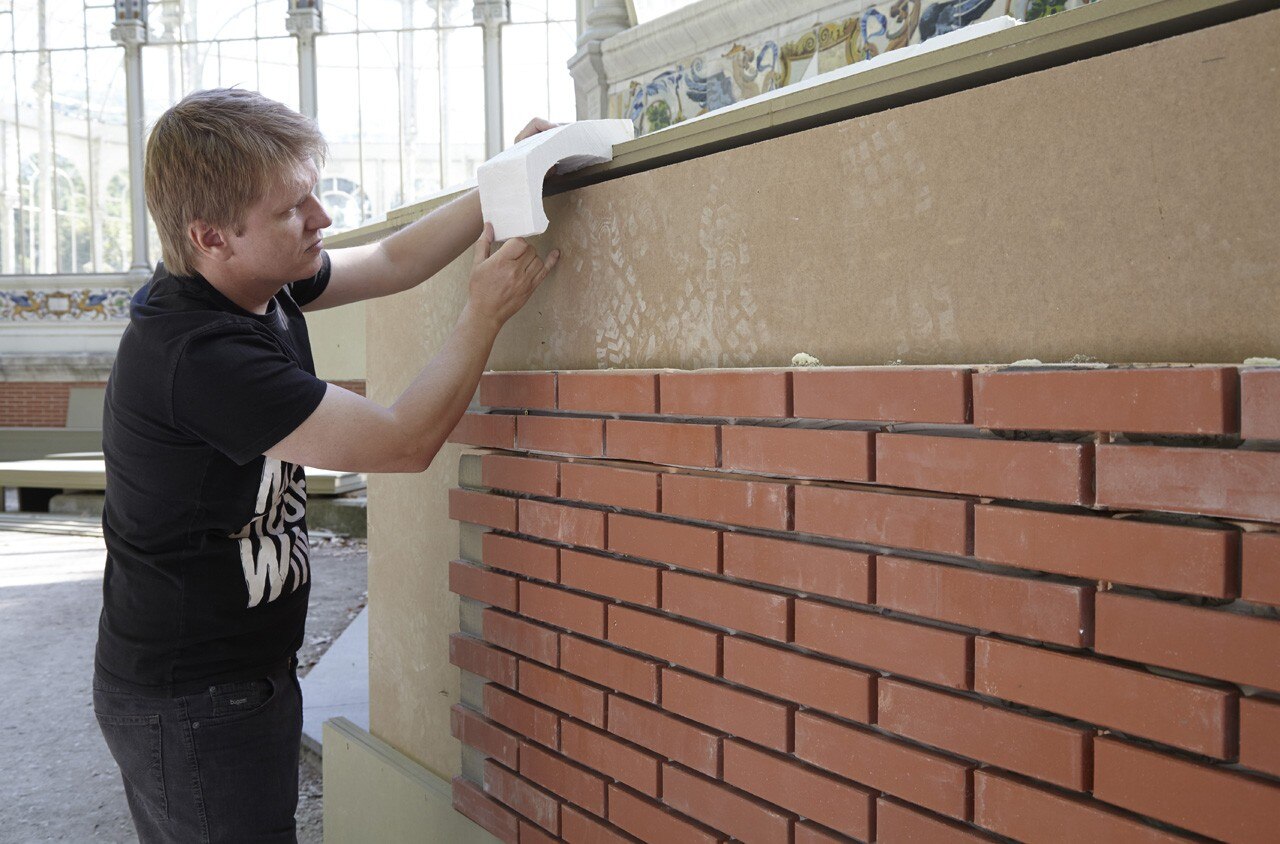
Until 23 February 2014
Roman Ondák, Escena
Museo National Centro de Arte Reina Sofia
Palacio de Cristal
Parque de El Retiro, 28009 Madrid


